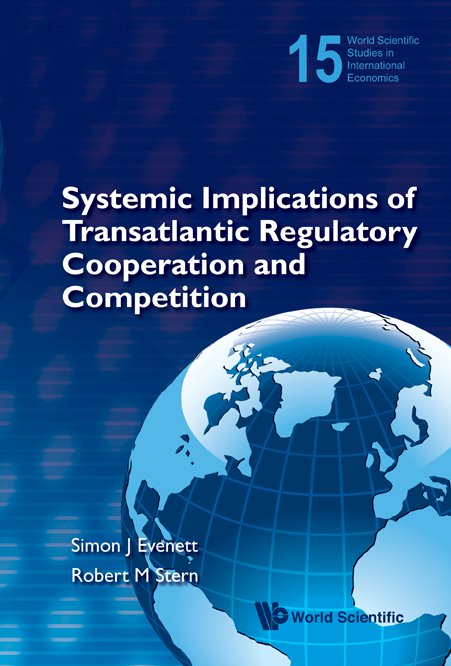How Hard and Soft Law Interact in International Regulatory Governance: Alternatives, Complements and Antagonists
We thank John Bronsteen, Manfred Elsig, Brett Frischmann, Tom Ginsburg, Daniel Halberstam, Terence Halliday, Kal Raustiala, Joel Trachtman and Spencer Waller for their comments, as well as the participants at a conference at the University of Michigan entitled “Systemic Implications of Transatlantic Regulatory Cooperation and Competition” on May 8, 2008; at a panel on Transnational Legal Orders at the Law and Society Association conference on May 30, 2008; and at a workshop at Loyola University Chicago School of Law on May 7, 2008. We thank Melissa Beckman, Mathew Bills, Mathew Fortin and Kisa Patel for their research assistance. All errors of course remain our own.
The following sections are included:
Introduction
The Canonical Literature on International Hard and Soft Law: Their Attributes as Alternatives and their Interaction as Complements
Definitions of hard and soft law
Advantages and disadvantages of hard and soft law as alternatives
Hard and soft law interaction as complements
Theorizing International Hard and Soft Law Interaction: Power, Distributive Conflict and Regime Complexes
The EU, the US, and power in international regulatory governance
The challenge of distributive conflict
The challenge of fragmented regime conflicts
Hard and Soft Law Interaction as Antagonists
Hypotheses as to the Interaction of Hard and Soft Law Instruments
Conclusions
References


